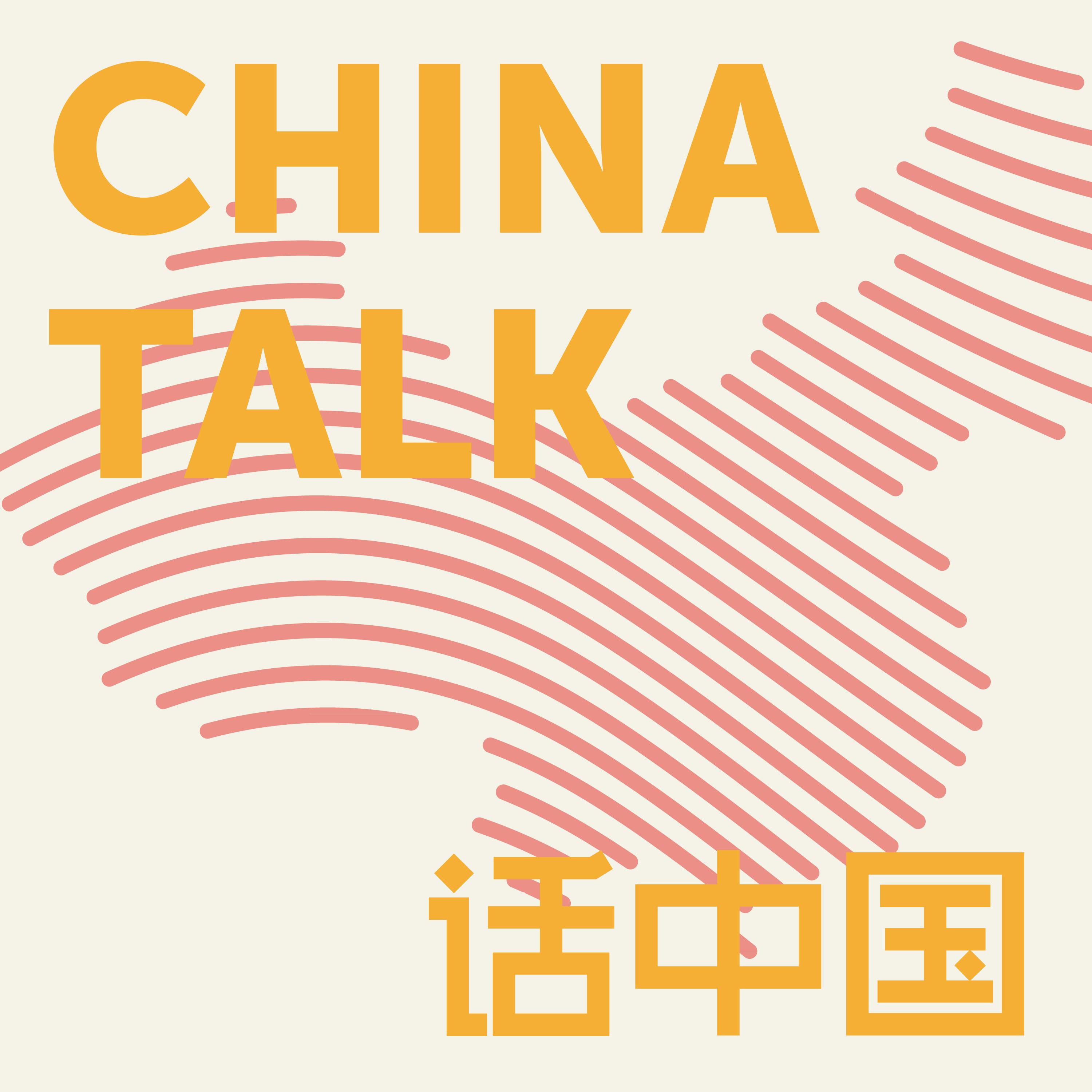Why America Didn't Invade Taiwan: WWII Lessons for Xi's Invasion
Description
One does not simply invade Taiwan — but George Marshall once thought long and hard about it. In 1944, in the middle of the island-hopping campaign, American war planners set their sights on Japanese-controlled Formosa.
What did the American invasion plan look like? Why did Marshall decide to go another route? What lessons do this and other amphibious invasions hold for Taiwan’s current force posture?
To discuss, ChinaTalk interviewed US Army Field Artillery Lieutenant Colonel J. Kevin McKittrick, currently at the Air War College in Alabama and a veteran of multiple deployments in Iraq and Afghanistan.
Co-hosting today is our resident Taiwan consultant Nicholas Welch.
We discuss:
The US military’s aborted plan to invade Taiwan during WWII;
Why bigger is better when it comes to amphibious assaults;
What the US got right and the CCP gets wrong about civil-military relations;
Taiwan’s defense concept, and the opportunities presented by “operational pause”;
The awful, unending relevance of traditional artillery in modern war;
And why the US doesn’t need its own “rocket force” … yet.
Outtro music: 被動 (Passive) by 伍佰 Wu Bai&China Blue. Youtube Link.
Photo: White House, July 29, 1942. Left to right: Admiral Ernest King, Admiral William Leahy, and General George Marshall. | Wikimedia Commons
Learn more about your ad choices. Visit megaphone.fm/adchoices
More Episodes
Dylan Patel, Doug O'Laughlin, Jon from Asianometry and I all chat the biggest semiconductor stories of the year. We get into energy demands for datacenters, Intel, Samsung, Nvidia, SMIC, Huawei, Deepseek and the rise of ChatGPT.
Outtro music: Sabicas, Carcelera (Reflejo Andaluz)...
Published 11/26/24
Few books have influenced me as much as the Makers of Modern Strategy series. The three volumes (published in 1942, 1986, and 2023) are indispensable to understanding statecraft, leadership, and the evolution of warfare across millennia.
The New Makers of Modern Strategy (2023) is a thousand...
Published 11/18/24
Published 11/18/24


